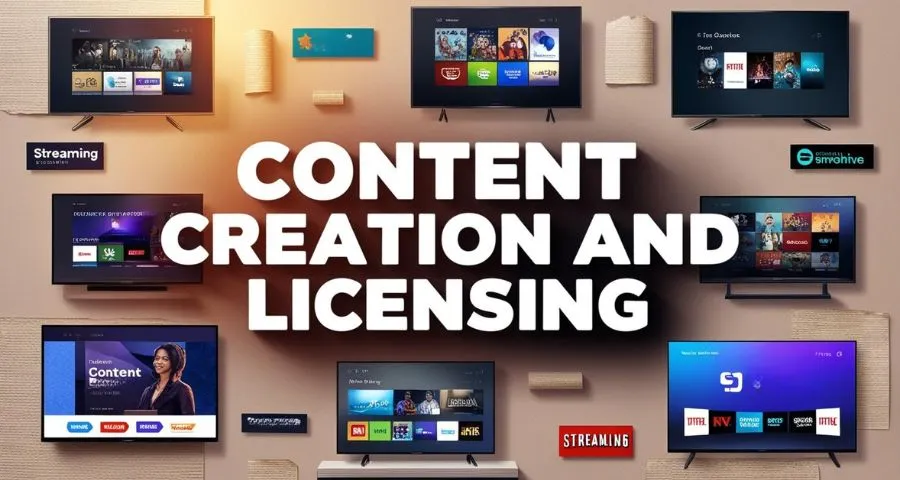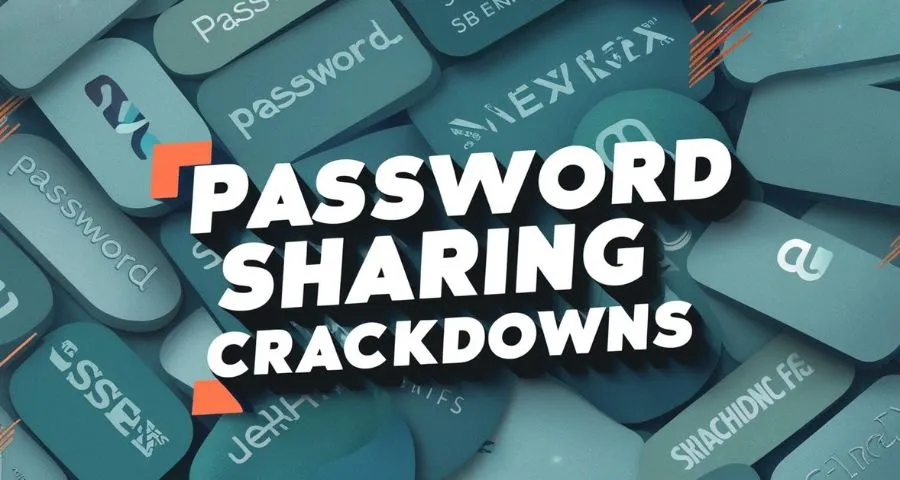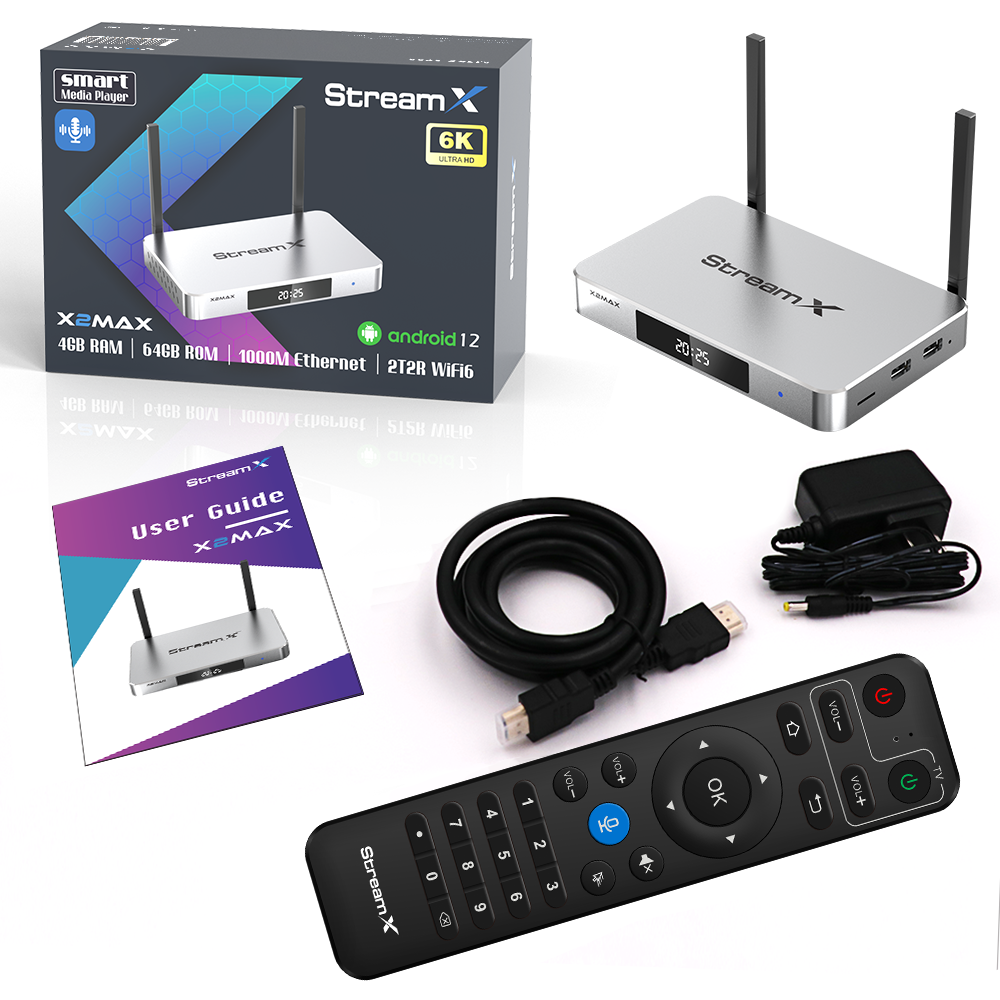Remember when streaming services were supposed to be the budget-friendly alternative to cable? Those days feel like a distant memory. It seems like platforms like Netflix, Hulu, and Disney+ are hitting us with another price hike every few months. Streaming services were once seen as a cheap way to cut the cord, but now, they’re starting to look just as expensive as traditional TV.
So, what’s the deal? Why are streaming services getting so expensive? Let’s break it down and uncover what’s really driving these rising costs.
Streaming Services Are Investing Billions in Content
One of the biggest reasons why streaming services keep raising their prices is the sheer cost of content creation and licensing. Platforms like Netflix and Disney+ are in a constant battle to produce the best original content to keep subscribers hooked.
- Original productions cost a fortune – Shows like Stranger Things and The Mandalorian come with hefty production budgets, often costing millions per episode.
- Licensing fees are skyrocketing – Streaming services still rely on third-party content, and the competition to secure the rights to popular movies and TV shows is fierce.
- More exclusive deals mean higher costs – Many streaming services sign exclusive contracts to ensure their content isn’t available anywhere else, which drives up expenses.

At the end of the day, those massive investments have to be paid for somehow – and that often means higher subscription fees for users like you and me.
The Push for Profitability Is Driving Up Streaming Services Prices
When streaming services first launched, many were focused on rapid growth over immediate profits. Platforms like Disney+ and HBO Max offered competitive pricing to attract millions of subscribers quickly. But now, priorities are shifting.
- Early pricing was unsustainable – Many streaming services initially offered lower rates just to get people on board. Now that they have millions of users, they’re adjusting prices to match their true value.
- Investors want to see returns – Publicly traded companies like Netflix and Disney are under pressure to deliver consistent revenue growth. The easiest way to do that? Charge more for subscriptions.
- Fewer new subscribers mean more price hikes – The streaming market is becoming saturated. With fewer new customers signing up, streaming services are making up for lost growth by increasing fees.
Password Sharing Crackdowns Are a Hidden Price Hike
If you’ve been sharing your Netflix password with your roommate, your cousin, and your ex (no judgment), you’re probably aware that streaming services are cracking down on account sharing. Platforms like Netflix have implemented new policies that limit how many people can access an account from different locations – and they’re charging extra for additional users.

- Netflix’s extra user fee – Now, Netflix is asking subscribers to pay an additional $7.99 per month for extra users outside of their household.
- Other platforms may follow suit – Disney+ and other streaming services are watching closely, and it’s likely they’ll implement similar policies.
- The impact on consumers – Many people relied on account sharing to keep costs down, and now they’re being forced to either pay more or lose access.
Ad-Supported Plans and Premium Tiers Are Changing the Game
Streaming services are rolling out ad-supported plans while simultaneously increasing prices for ad-free experiences. It’s a classic move: offer a cheaper version with ads to attract budget-conscious consumers while nudging existing users to pay more for an ad-free tier.
- Netflix and Disney+ now have ad-supported options – These plans come at a lower price, but they also include commercials.
- Ad-free tiers keep getting more expensive – If you want to skip ads, you’ll have to pay for a higher-tier subscription.
- More services are introducing tiered pricing – Hulu, Peacock, and Max (formerly HBO Max) all offer multiple pricing levels, making it harder to find a truly affordable option.
Streaming Services Are Feeling the Effects of Inflation
It’s not just about content costs – inflation is affecting everything, including streaming services. Running a streaming platform involves more than just hosting movies and shows. Companies need to pay for cloud storage, global distribution, tech maintenance, and staff salaries, all of which are becoming more expensive.

- Tech infrastructure costs are rising – Servers, data storage, and cloud computing expenses are going up.
- Global expansion means higher operational costs – As streaming services expand to new markets, they have to invest in localization, customer support, and regional licensing.
- Inflation affects salaries and business expenses – Just like in any industry, rising costs mean companies have to charge more to maintain profitability.
What’s Next for Streaming Services Pricing?
So, where do we go from here? Unfortunately, it looks like the trend of rising prices isn’t slowing down anytime soon. But there are a few possible developments that could shape the future of streaming services pricing.
- More bundling options – Some companies, like Disney and Hulu, are offering bundled subscriptions to give users more content for a slightly lower cost.
- Tiered pricing models – Expect more streaming services to offer different pricing tiers based on features, video quality, and the number of devices allowed.
- Consolidation of platforms – As competition intensifies, some streaming services may merge or shut down, reducing the number of subscriptions consumers need to pay for.
What Can You Do to Keep Streaming Affordable?
If you’re tired of constantly rising streaming costs, here are a few ways to keep your entertainment budget under control:
- Rotate subscriptions – Subscribe to one or two streaming services at a time instead of paying for multiple platforms year-round.
- Look for promotional deals – Many streaming services offer discounts or free trials, especially during the holidays.
- Consider alternative options – Some people are turning to one-time-payment streaming boxes as a way to access content without ongoing subscription fees.
- Split costs with family or roommates – If password sharing is limited, consider officially adding extra users to a plan and splitting the cost.

Another way to save costs is to invest in one premium TV boxes like StreamX. This advanced streaming box offers a one-time payment solution. With StreamX, you can take control of your entertainment costs and enjoy high-quality content without breaking the bank.
Check the two latest models from StreamX to see what they offer:
Final Thoughts: Are Streaming Services Still Worth It?
At the end of the day, streaming services still provide a ton of entertainment value, but they’re no longer the cheap alternative to cable they once were. With constant price hikes, extra fees, and new restrictions, many consumers are rethinking their subscriptions. If you’re looking for a cost-effective way to access your favorite content, investing in the best TV box for streaming like StreamX.

If you love streaming but don’t love the rising costs, it’s time to be strategic. Cut back on unnecessary subscriptions, take advantage of deals, and explore alternative solutions to keep your entertainment affordable.
For any support requests, feel free to contact us via email at [email protected] or through WhatsApp. You can also leave a comment below, and we’ll assist you ASAP!